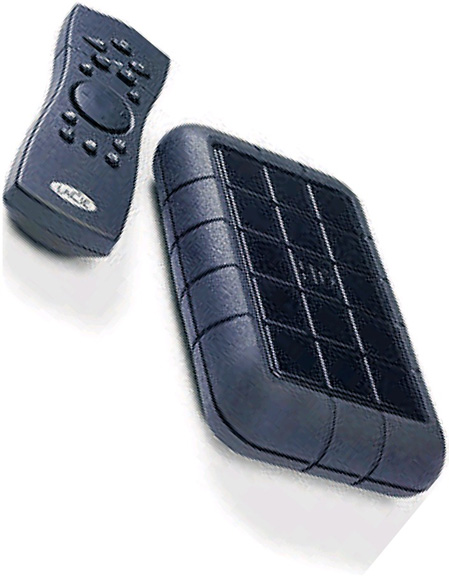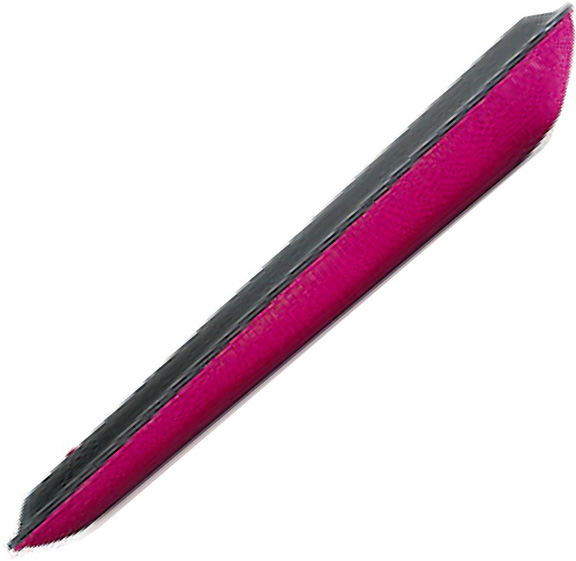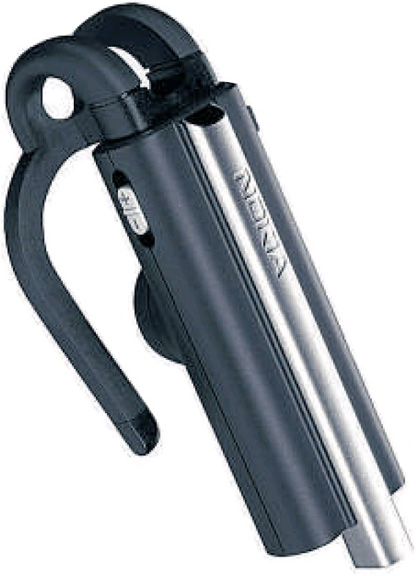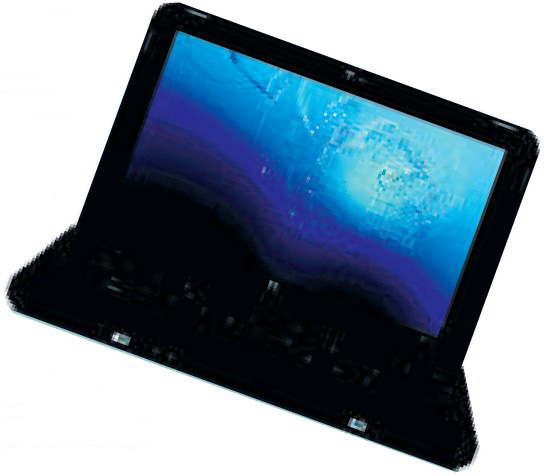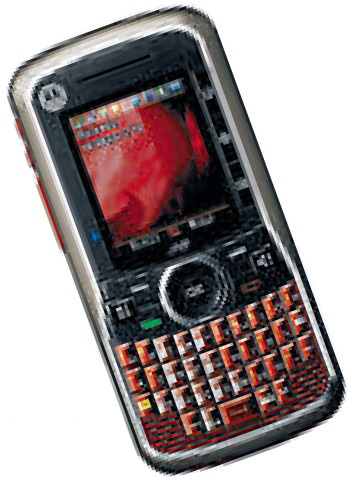There are no secrets on the Internet
Amy Minsky
Sun
Bank account numbers. Home addresses. Phone numbers. Most people probably wouldn’t volunteer this information to a stranger, yet millions use the Internet every day to send and store sensitive information — not to mention the countless secrets and embarrassing stories people share online.
Everything communicated on the web has a long shelf life — a really, really long shelf life — making it virtually impossible to leave the past . . . in the past.
Once someone uses the Internet to send a message or document, they have little to no control over the data. They also risk losing even more control over data, according to Hank Levy, chair of computer science and engineering at the University of Washington.
Cloud computing — storing information on the Internet instead of a hard drive — is becoming more common as more people opt to use web-based word processors and e-mail programs, such as Google’s online word processor, Docs, or Microsoft’s forthcoming online version of Office.
Levy said people put a lot — maybe too much — trust in the Internet.
People go online to write notes to themselves, manage their calendars, share photos and manage contacts. And although storing information online means it’s accessible from any computer, it also means it’s in the “cloud,” an enormous data centre in cyberspace.
“In the Internet world, data never disappears,” said Levy. “It has a potential to stay around forever.”
Much of the data is stored by third parties and because storage is so “unbelievably cheap,” there’s no reason to ever delete data, he said.
Hackers could potentially breach the stored data, compromising thousands of people’s personal information. And as soon as that data has left the servers, where it goes could be anyone’s guess.
Earlier this month, a hacker calling himself Hacker Croll successfully infiltrated 310 business documents belonging to social networking site Twitter that were stored in Google Docs. The hacker then sent that information — including what he claimed were PayPal, Gmail, and Amazon accounts — to various technology blogs.
And while a person has some control over information contained on their home computers, Levy said, they should never believe that deleting a file actually means it’s gone.
“The truth is [that] bits from the file still remain in the computer and can be recovered,” he said. “But there are tools to make sure the bits go away. Ultimately, you can take a hammer and ‘smash’ the disc.”
Unfortunately, the Internet is not so destructible, leaving people with little control over information transmitted online. “We’ve basically lost control of our data and the lifetime of our data,” Levy said. “We have no way to ensure that it is ever deleted.”
Researchers at the University of Washington have developed software, appropriately named Vanish, that is expected to give back at least some control.
Once a text is entered in an e-mail, for example, the sender highlights it, right clicks and presses a button that codes the message, turning it into gibberish.
In order to render the message legible, the receiver highlights the gibberish, right clicks on it and tells Vanish to decode it. After an amount of time selected by the sender, the code will expire, permanently reverting the message to its encrypted state.
Because neither the sender nor the receiver ever knew the encryption code, the text doesn’t risk ever being retrieved. The only catch is, the sender has to trust the receiver to not print out, take a photo of, or cut and paste the text into a word document, said Roxana Geambasu, a doctoral student involved in the software development of the encryption device.
She said she hopes Vanish, currently available for download from the university’s website, will help people gain at least a little more control over the “uncontrollable” web. “It’s a big problem,” she said. “People need to realize the Internet is a really dangerous place, with almost no privacy.”
© Copyright (c) The Vancouver Sun

